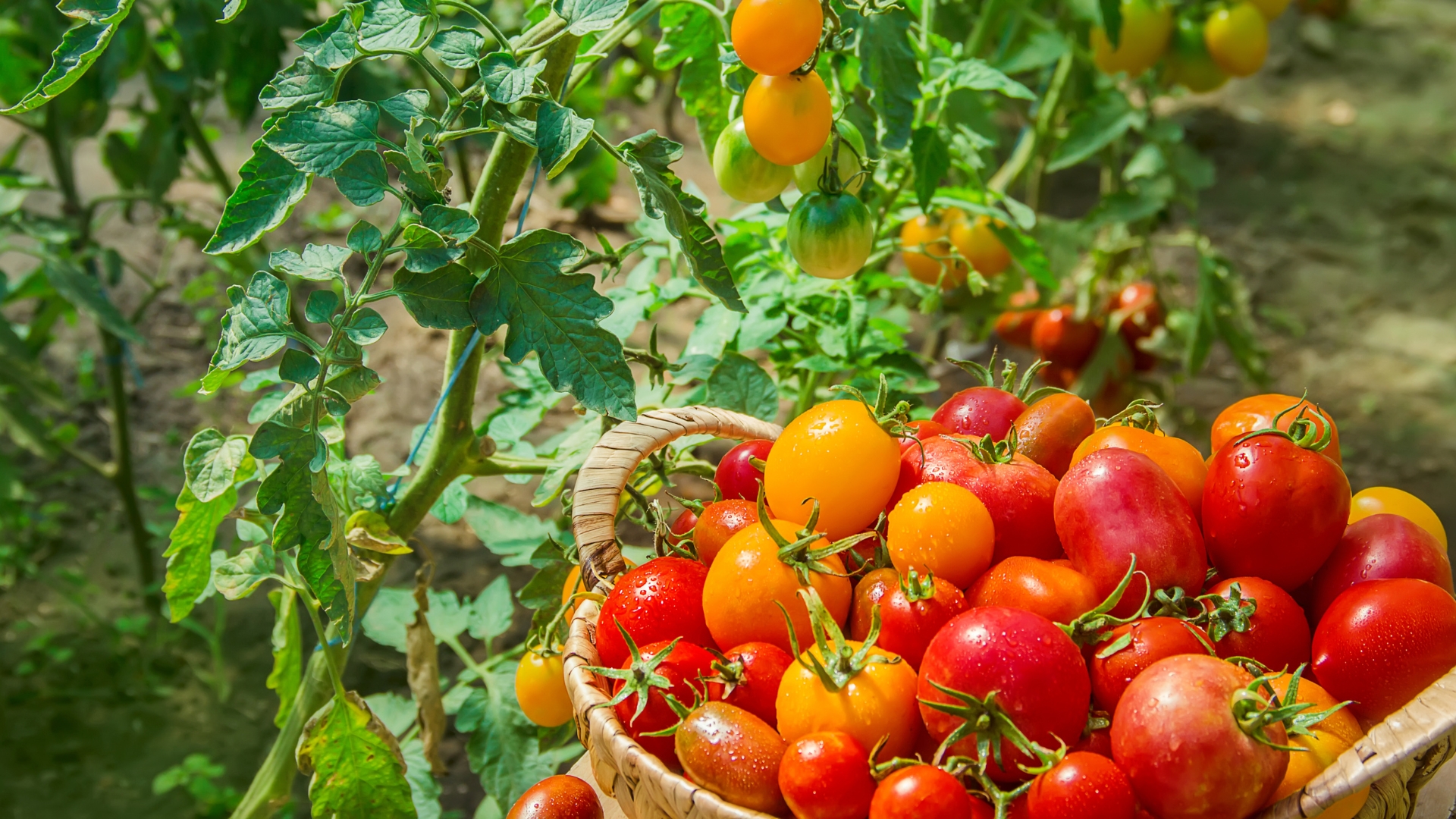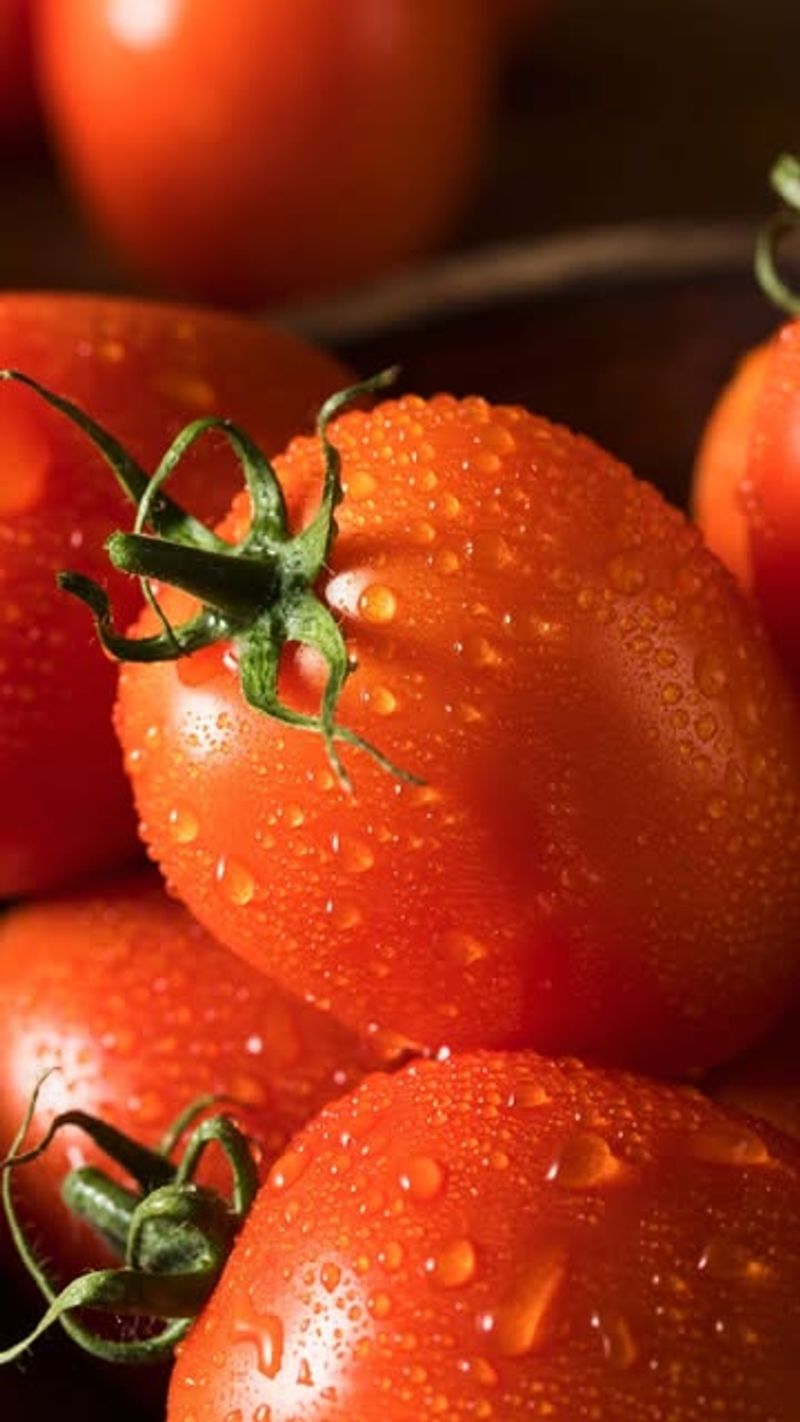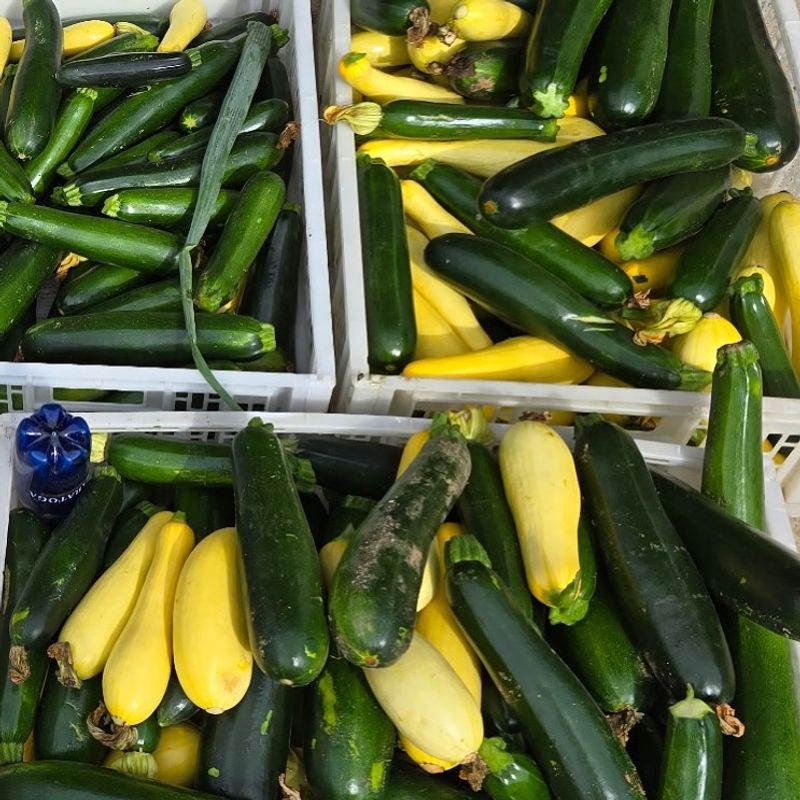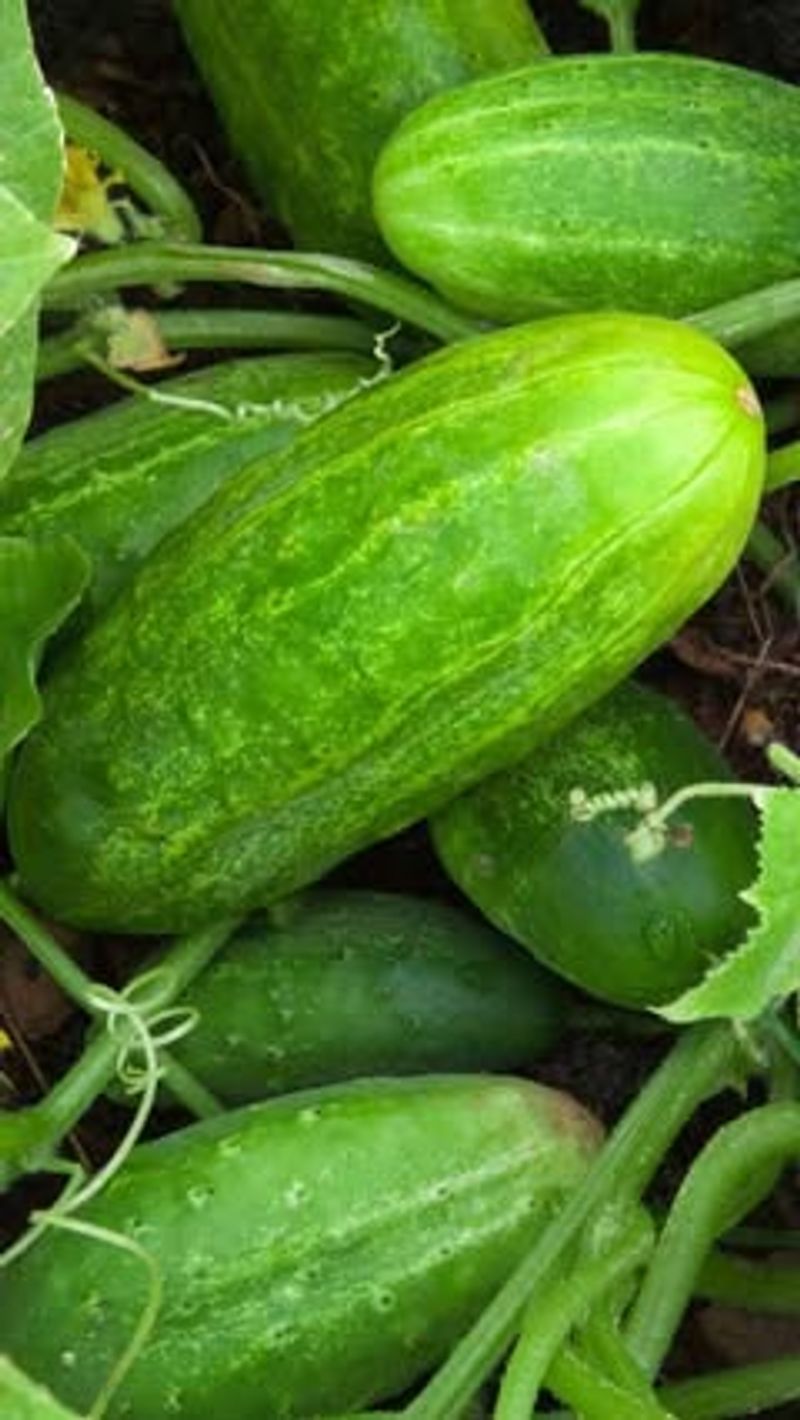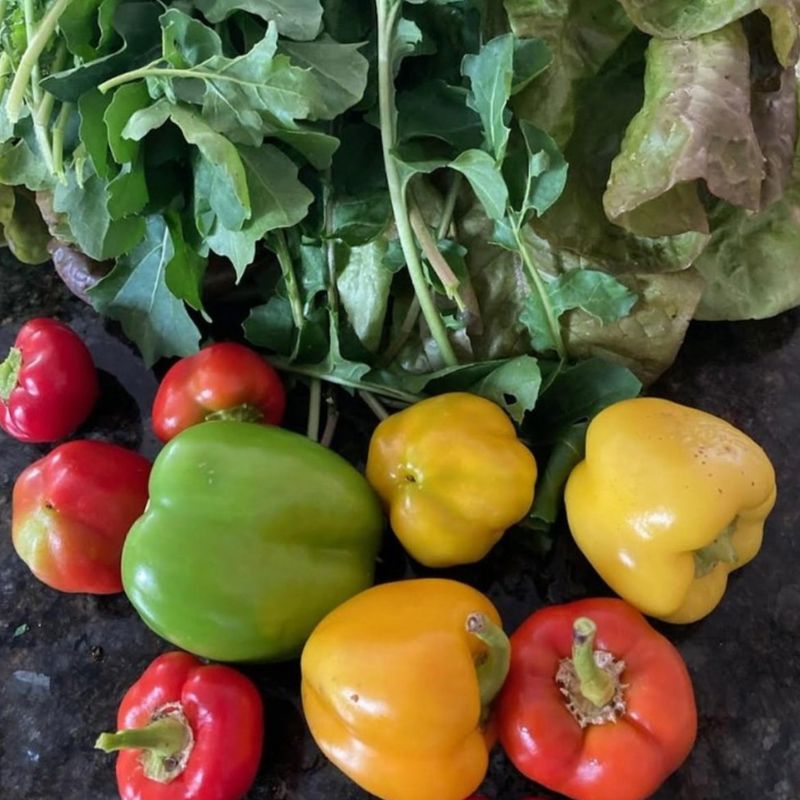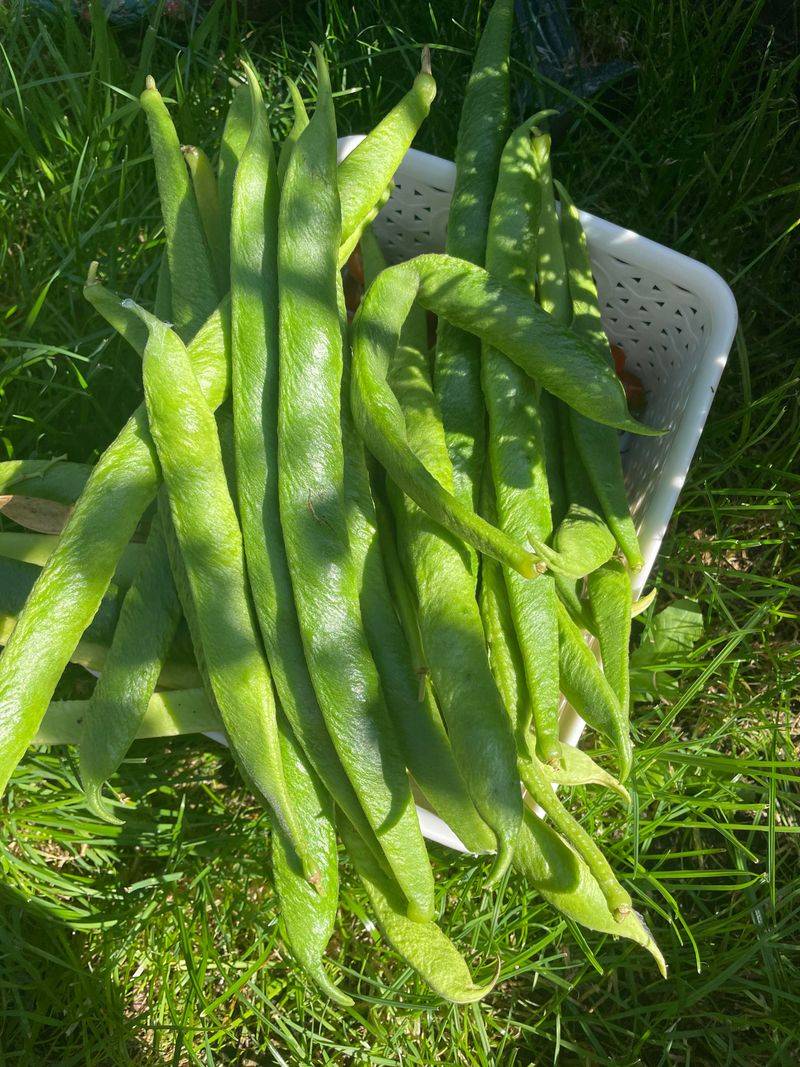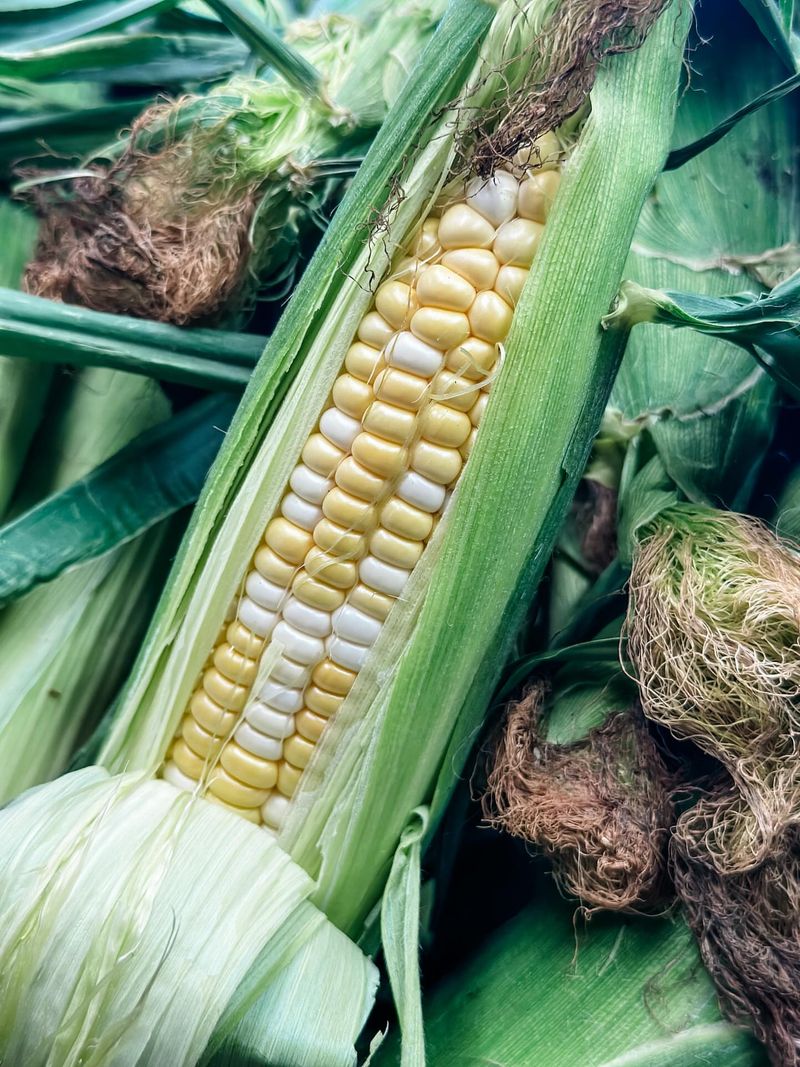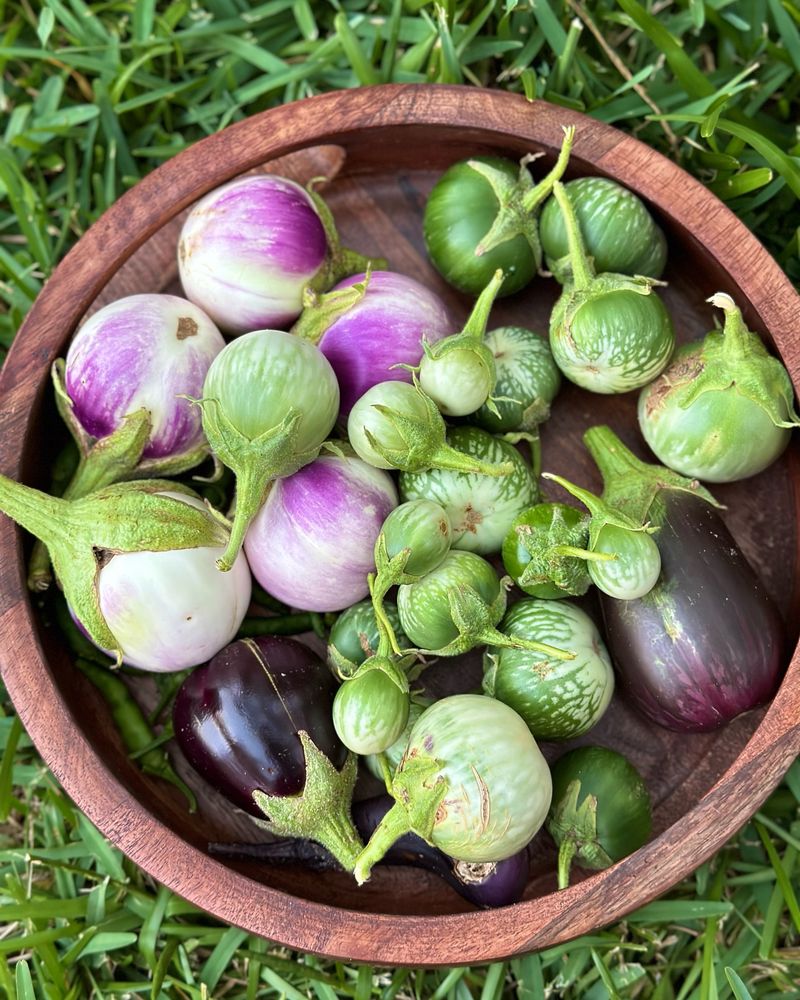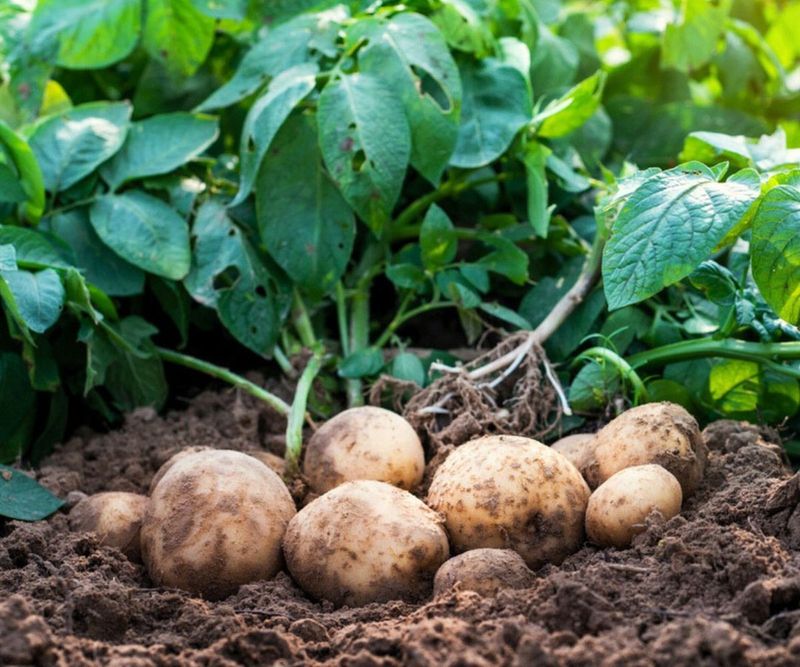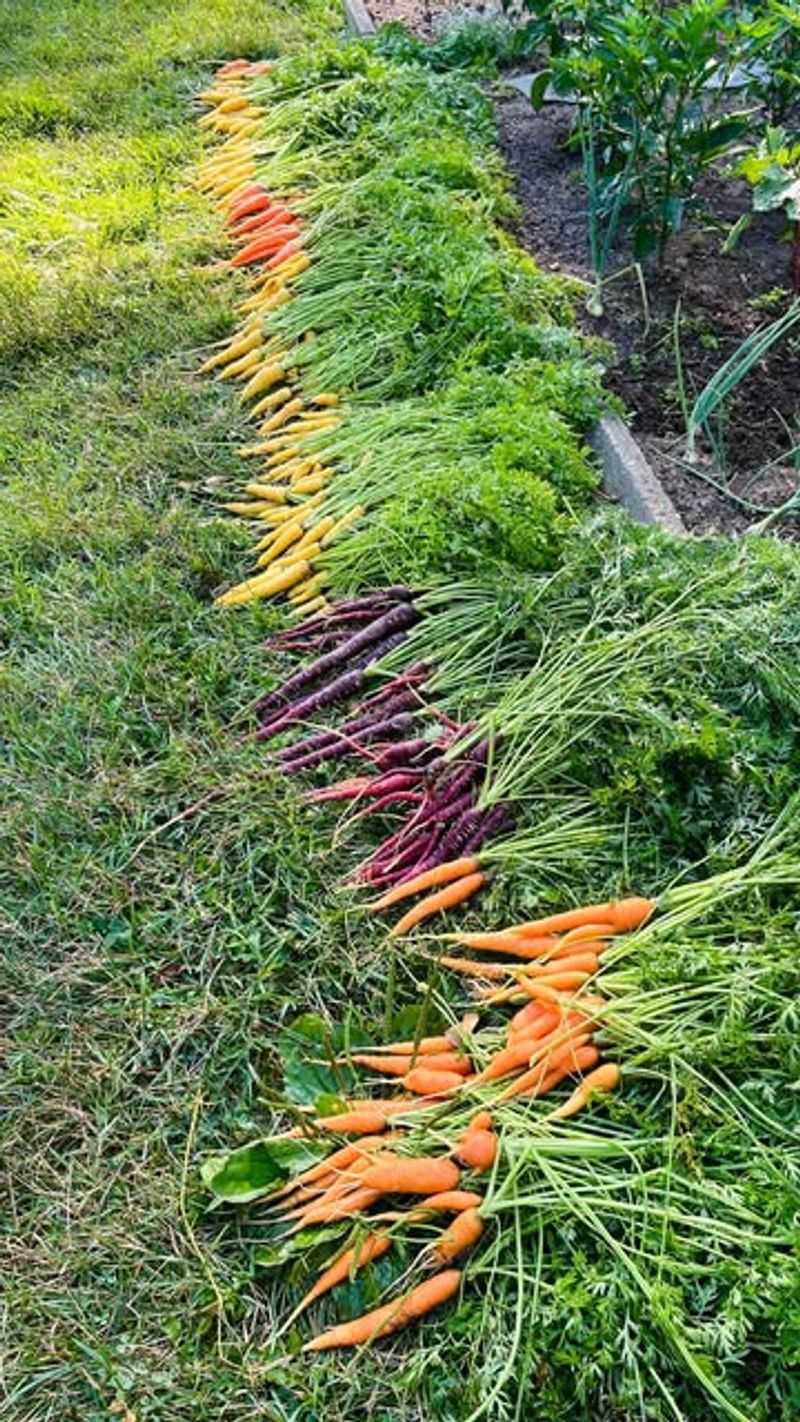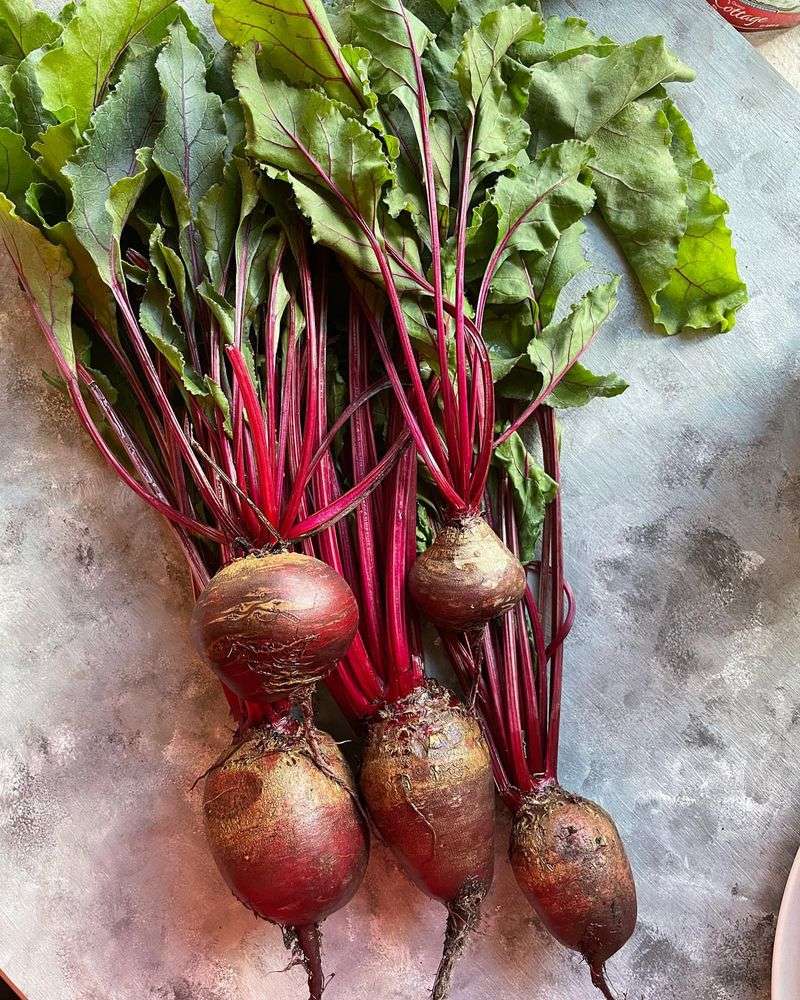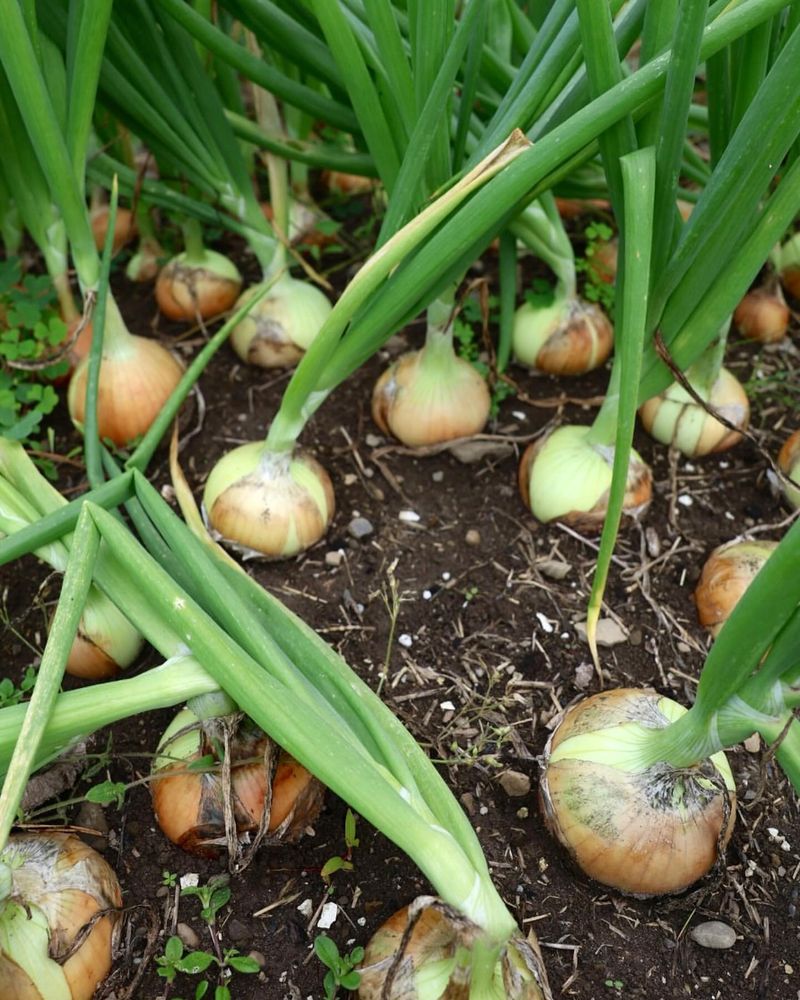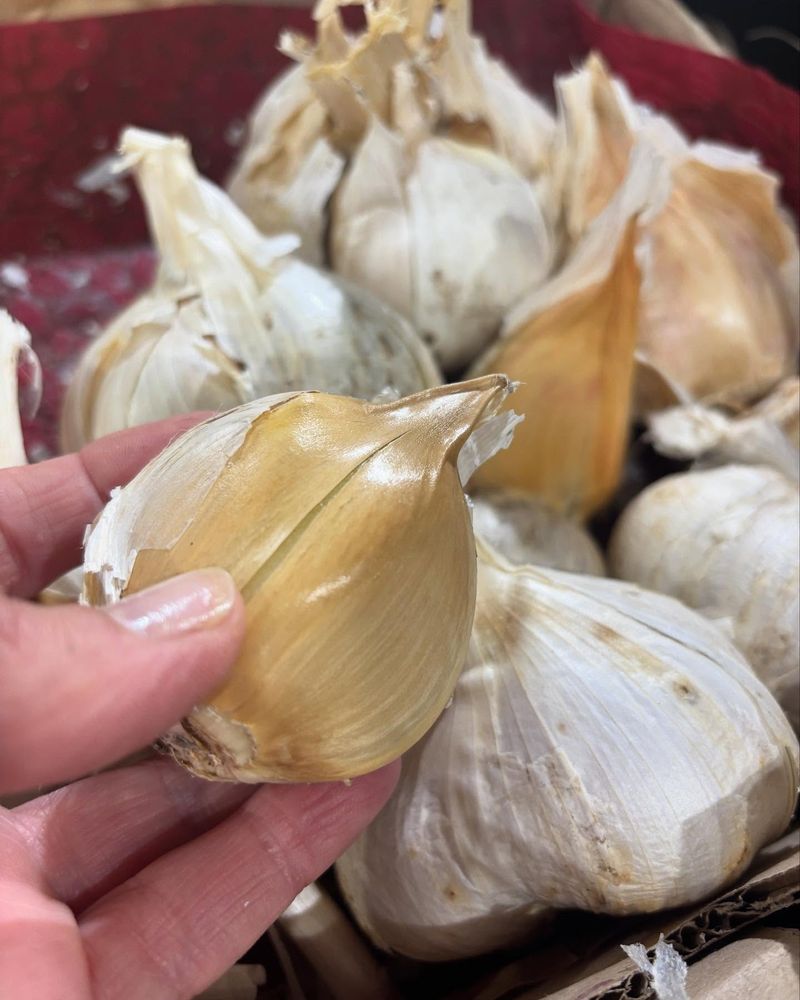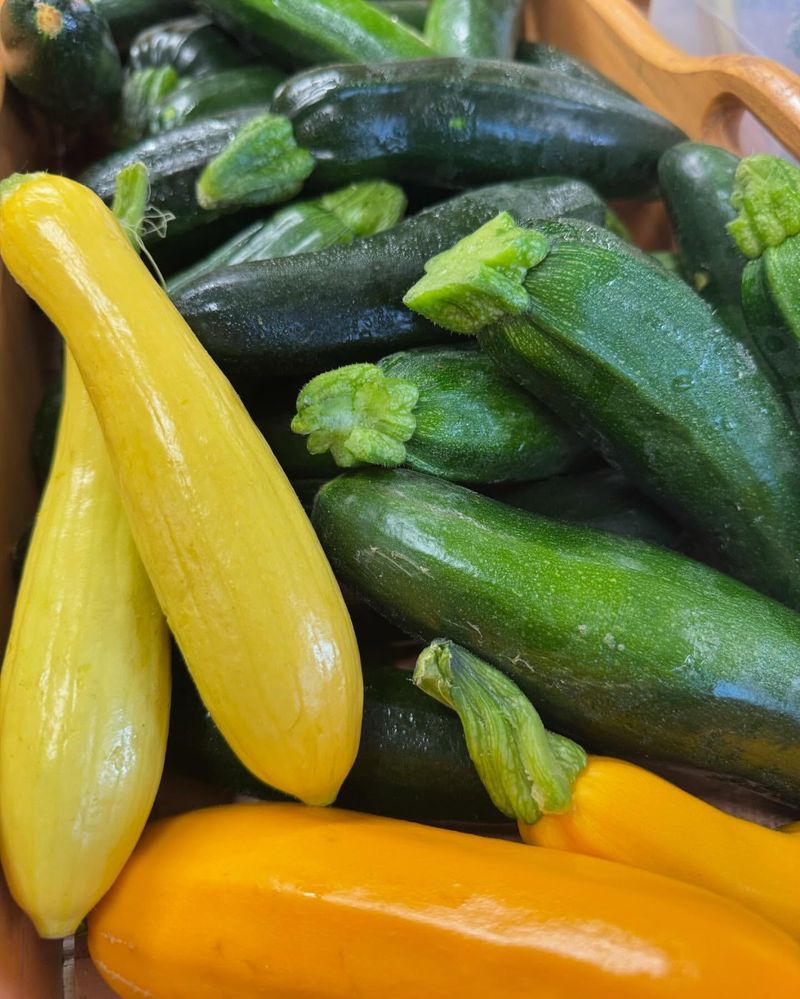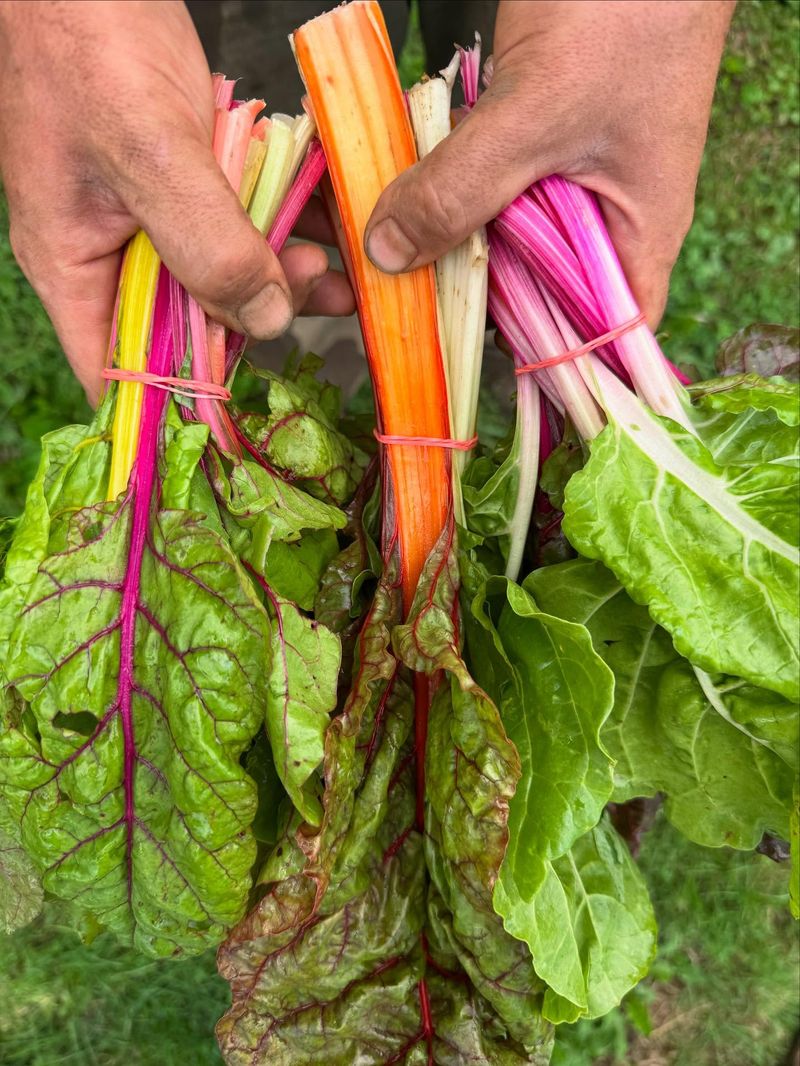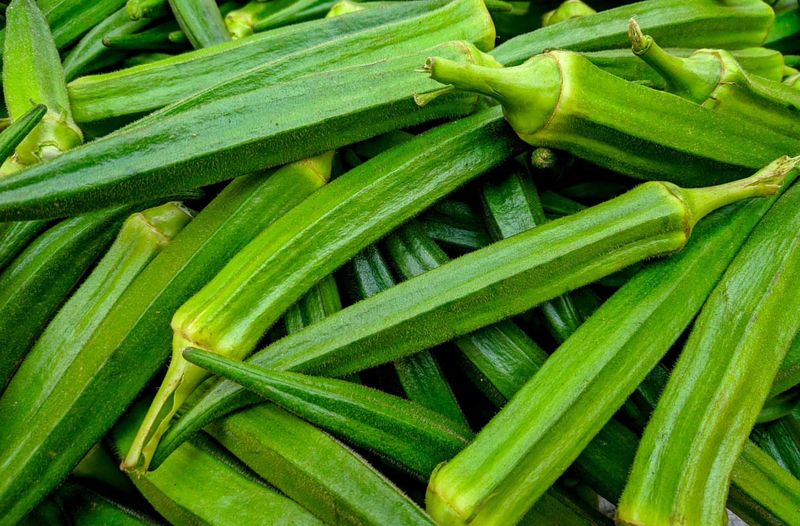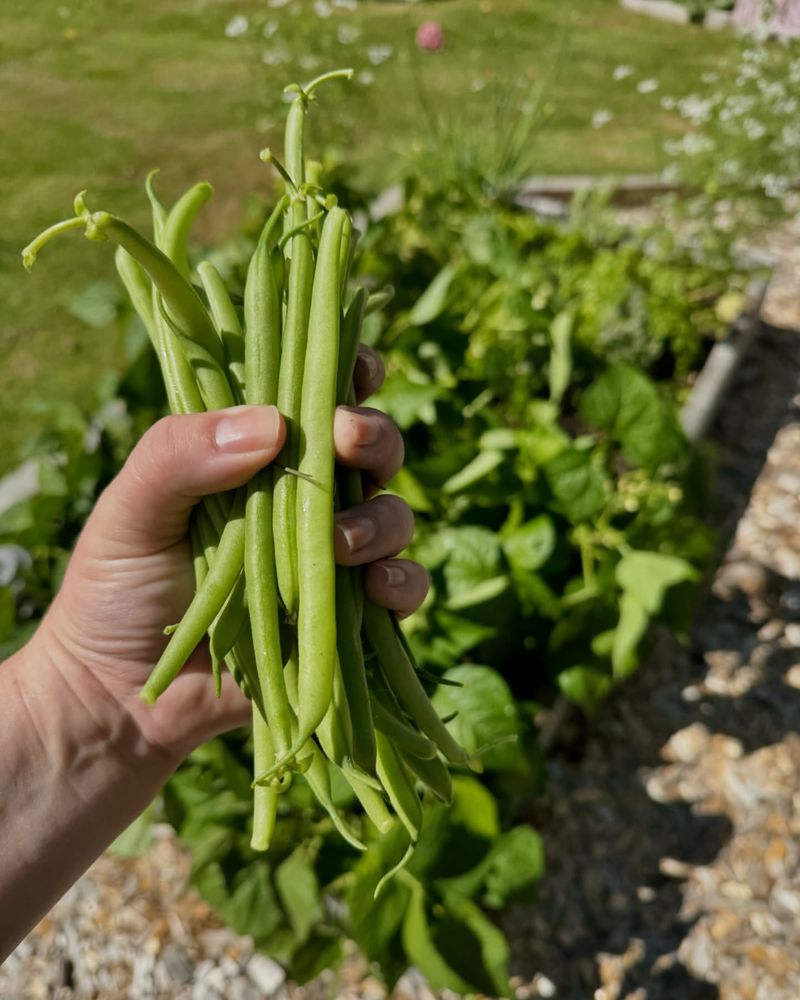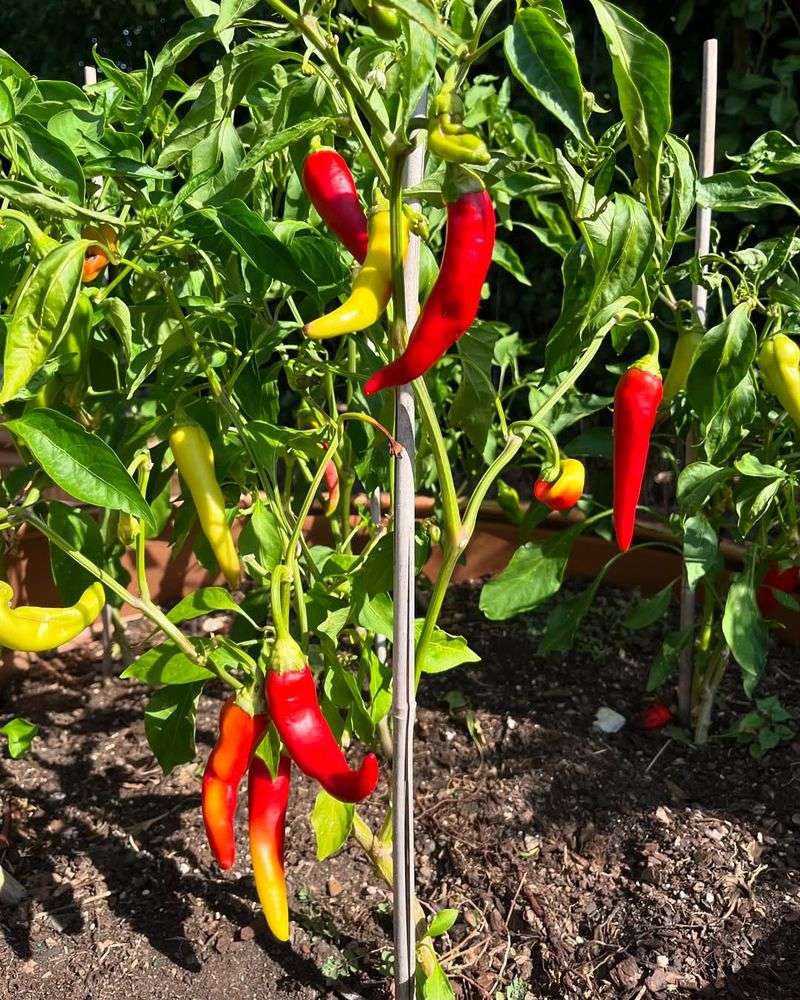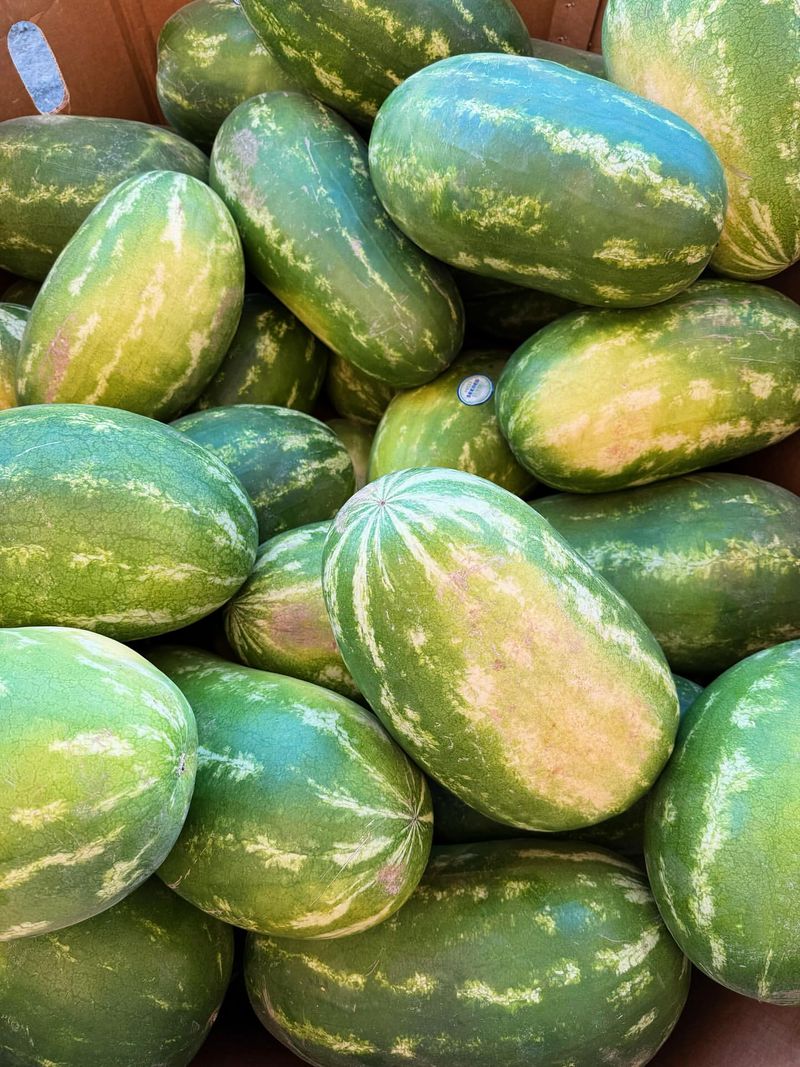August is one of my favorite times in the garden—so many veggies are finally ready to pick! If you’ve been tending to your plants all summer, now’s your reward.
Tomatoes are blushing red, cucumbers are hanging heavy, and zucchinis somehow doubled in size overnight. It’s the kind of month that fills your basket fast and makes dinner decisions easy.
Let’s take a look at the ones that are ripe for the picking right now!
1. Tomatoes
Nothing beats the flavor of homegrown tomatoes picked at their peak ripeness. Look for fruits that have fully developed their color and yield slightly to gentle pressure. They should detach easily from the vine when ready.
For the best taste, harvest in the morning when temperatures are cooler. Store tomatoes at room temperature rather than in the refrigerator to preserve their flavor and texture.
2. Zucchini
Summer squash grows incredibly fast and tastes best when harvested young. For ideal flavor and texture, pick zucchini when they’re 6-8 inches long and still have glossy skin. The flowers are edible too!
Check your plants every other day during peak season as they can double in size overnight. Use a sharp knife to cut them from the plant rather than twisting, which can damage the stems.
3. Cucumbers
Crisp and refreshing, cucumbers mature quickly in the August heat. Harvest when they reach 6-8 inches for slicing varieties or 3-4 inches for pickling types, while the skin is still bright and firm.
Regular harvesting encourages plants to produce more fruit. Avoid letting cucumbers get too large as they become bitter and develop hard seeds that make them less pleasant to eat.
4. Bell Peppers
Sweet bell peppers change from green to red, yellow, or orange as they ripen, becoming sweeter with each color change. Green peppers are technically unripe but perfectly edible and have a slightly bitter, grassy flavor.
Use garden shears to cut peppers from the plant, leaving a short stem attached. The longer peppers stay on the plant, the sweeter and more nutritious they become.
5. Green Beans
Tender green beans are at their peak in August. Pick them when they’re still slender and the seeds inside aren’t bulging through the pod. They should snap crisply when bent.
Harvest frequently to encourage plants to keep producing. Bush varieties often produce their entire crop within a couple of weeks, while pole beans continue bearing until frost if picked regularly.
6. Corn
Sweet corn reaches its perfect stage quickly and should be harvested when the silks turn brown and dry. Pierce a kernel with your fingernail – if milky liquid comes out, it’s ready to pick.
For the sweetest flavor, eat corn immediately after harvesting as the sugars rapidly convert to starch. Harvest in the morning when temperatures are cooler for the best taste experience.
7. Eggplant
Glossy eggplants are ready when they’re firm and have a bright, consistent color. The ideal size depends on the variety, but most should be harvested before they reach full maturity for better flavor.
Use pruning shears to cut eggplants from the plant, leaving a small portion of stem attached. When pressed, the flesh should spring back slightly – if it stays dented, it’s overripe.
8. Potatoes
Early potato varieties are ready for harvest in August. Look for plants with yellowing foliage and flowers that have come and gone – signs that the tubers below are mature.
Gently dig around the plants to avoid damaging the potatoes. For storage potatoes, wait until vines have died back completely, but for new potatoes, you can harvest when plants are still green.
9. Carrots
Summer-sown carrots reach perfect size by August. Gently brush away soil at the top to check diameter – most varieties are best harvested when they’re 1-1.5 inches across at the crown.
Loosen the soil with a garden fork before pulling to prevent breaking the roots. Carrots become sweeter after light frost, so you can leave some in the ground for later harvests if desired.
10. Beets
August beets offer both tasty roots and nutritious greens. Harvest when the roots are 2-3 inches in diameter for the best flavor and texture. The shoulders of mature beets will typically protrude slightly above the soil.
Twist off the greens, leaving about an inch of stem attached to prevent bleeding during cooking. Young beet greens make excellent additions to salads or can be cooked like spinach.
11. Onions
Onions signal their readiness when the tops yellow and begin to fall over. Once about half the tops have flopped, bend the rest over to speed up the ripening process.
After a few days, pull the onions and let them cure in a warm, dry place with good air circulation for about two weeks. Properly cured onions will have dry necks and papery outer skins.
12. Garlic
Late-summer garlic is ready when the lower leaves turn brown while the top leaves remain green. Timing is crucial – harvest too early and the cloves will be small; too late and they’ll begin to separate.
Dig rather than pull to avoid breaking the stalks. Cure garlic in a shady, well-ventilated area for 2-3 weeks before trimming roots and storing. Well-cured garlic can last for months.
13. Summer Squash
Beyond zucchini, other summer squash varieties like yellow crookneck and pattypan are also ready in August. Harvest when they’re still small for tender skin and fewer seeds – about 4-6 inches for most varieties.
Check plants every day during peak season as summer squash grows incredibly quickly. Use a knife to cut fruit from the plant, leaving about an inch of stem attached to the squash.
14. Swiss Chard
This heat-tolerant green continues producing all summer long. Harvest outer leaves when they’re 8-12 inches tall, leaving the center to grow new leaves. This “cut and come again” method extends your harvest for months.
For tender leaves, pick in the morning when they’re full of moisture. Swiss chard can tolerate light frost, so you can continue harvesting well into fall after your August pickings.
15. Okra
In warm regions, okra pods grow incredibly fast in August heat. Harvest when pods are 2-4 inches long for the most tender texture – they become tough and fibrous when larger.
Check plants every other day as pods can quickly become too large. Wear gloves when harvesting as okra plants have tiny spines that can irritate skin. Regular picking encourages continued production.
16. Bush Beans
August is prime time for bush bean harvests. Pick when pods are firm, crisp, and before the seeds inside become too prominent. The ideal size varies by variety but is typically 4-6 inches long.
Use both hands when harvesting – one to hold the plant and the other to pick – to avoid damaging stems. Harvest regularly to encourage plants to keep producing new flowers and pods.
17. Hot Peppers
Spicy peppers develop their best heat and flavor in August’s intense sunshine. Most varieties can be harvested at any stage but develop more heat and distinctive flavors as they mature and change colors.
Use scissors or pruning shears to cut peppers from plants. Wear gloves when handling hot varieties to avoid burning skin. The more you harvest, the more peppers the plants will produce.
18. Melons
August heat brings melons to perfect sweetness. Cantaloupe is ready when the stem slips easily from the fruit with slight pressure. Watermelons are ripe when the bottom spot turns from white to creamy yellow.
Listen for a deep, hollow sound when thumping watermelons. For honeydew and other melons, a sweet aroma and slight softening at the blossom end indicate ripeness. Harvest in the morning for best flavor.

